The science ministry's latest aerial monitoring over Chiba and Saitama prefectures in September confirmed that radioactive cesium released from the Fukushima No. 1 power plant has contaminated parts of the Kanto region.
A ministry report released Thursday revealed that contamination was found in northern Chiba, including the cities of Kashiwa, Matsudo and Abiko, and in the mountainous areas of Chichibu in Saitama Prefecture's west and Misato in the prefecture's east.
The highest contaminated areas contained between 60,000 to 100,000 becquerels of cesium-134 and -137 per square meter, it showed. Cesium-134 has a half-life of two years and the one for -137 is 30 years.
Radiation levels in the area were between 0.2 to 0.5 microsieverts per hour, the report said.

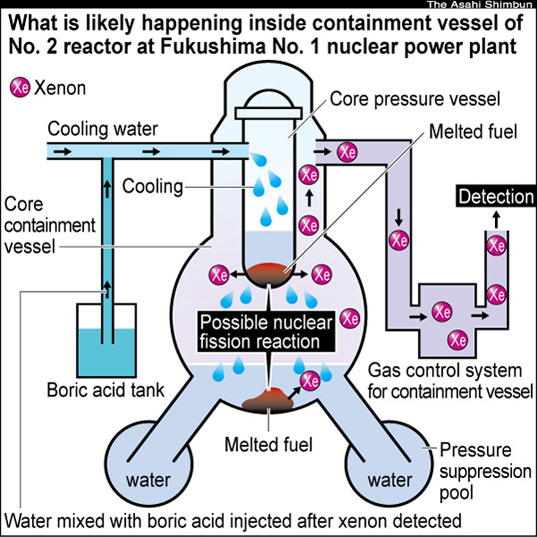


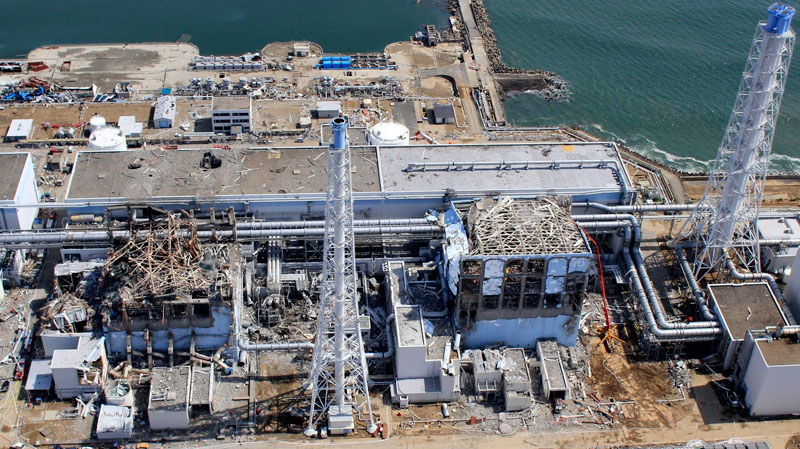
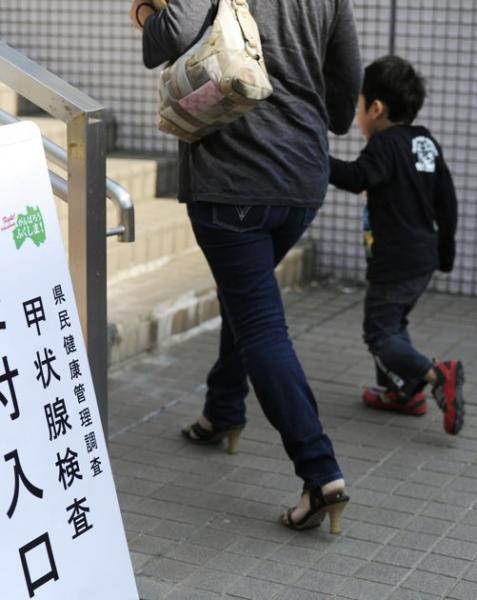 A boy is taken by his mother to Fukushima Medical University Hospital for a thyroid test in Fukushima, northern Japan, Sunday, Oct. 9, 2011. Local doctors began a long-term survey of children for thyroid abnormalities, a problem associated with radiation exposure. Officials hope to test some 360,000 people who were under the age of 18 when the nuclear crisis began in March, and then provide follow-ups throughout their lifetimes. Japanese on the board reads: a thyroid test entrance. (AP Photo/Kyodo News)
A boy is taken by his mother to Fukushima Medical University Hospital for a thyroid test in Fukushima, northern Japan, Sunday, Oct. 9, 2011. Local doctors began a long-term survey of children for thyroid abnormalities, a problem associated with radiation exposure. Officials hope to test some 360,000 people who were under the age of 18 when the nuclear crisis began in March, and then provide follow-ups throughout their lifetimes. Japanese on the board reads: a thyroid test entrance. (AP Photo/Kyodo News)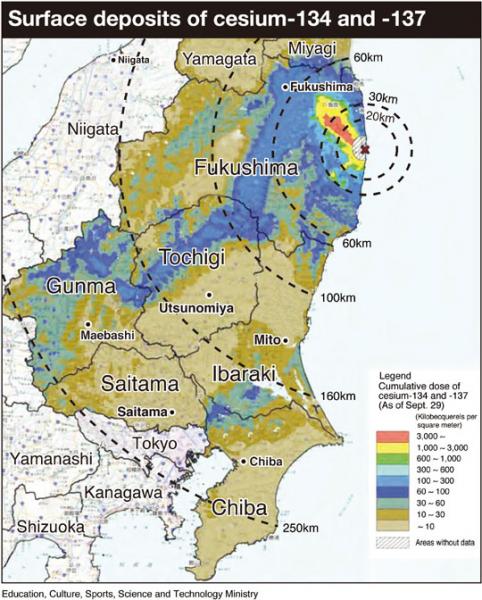



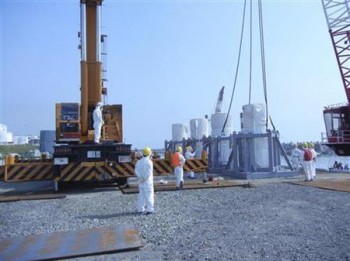
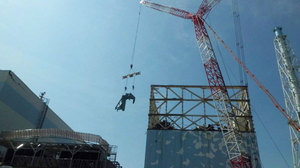
Recent Comments